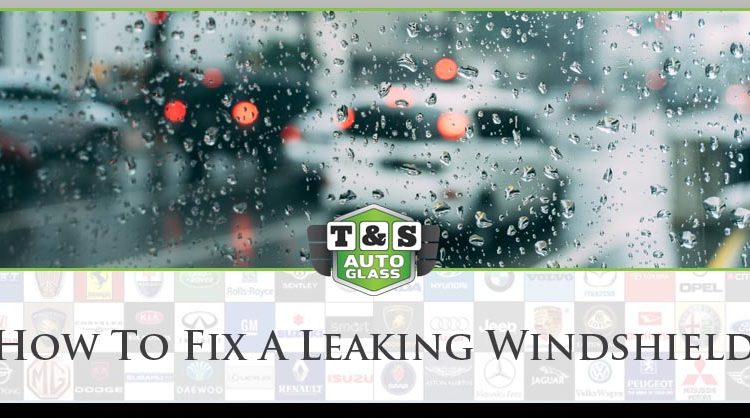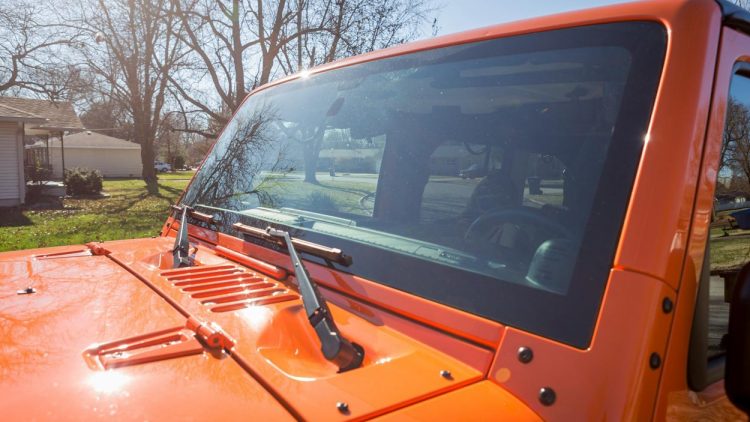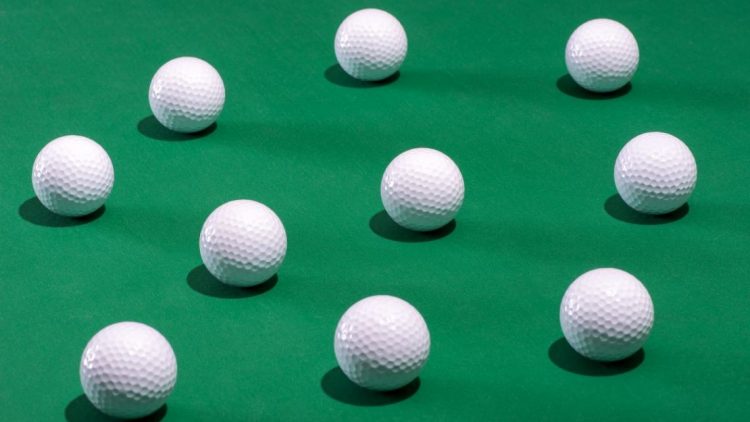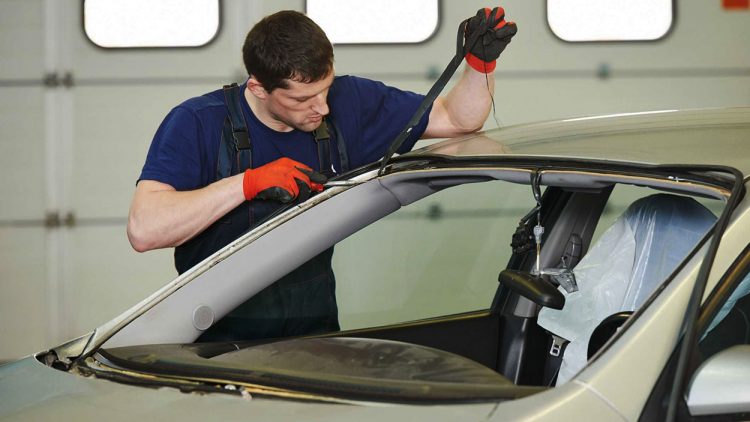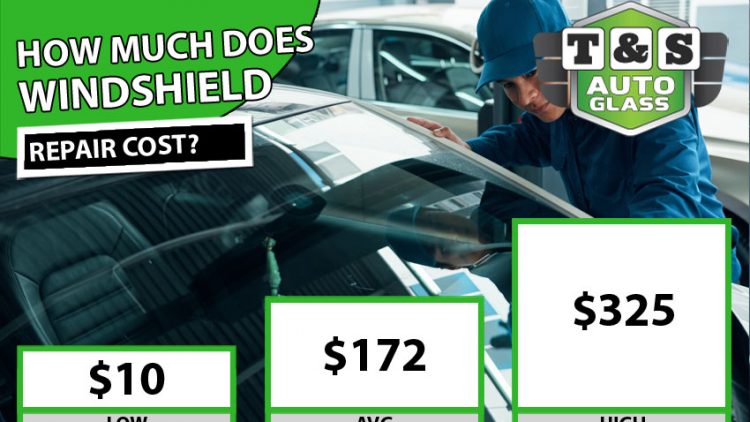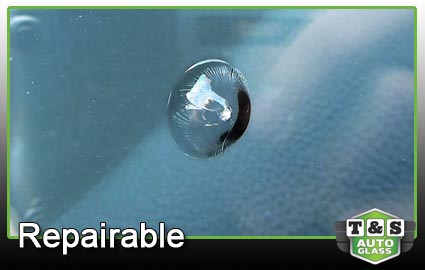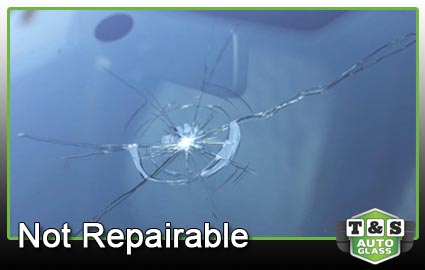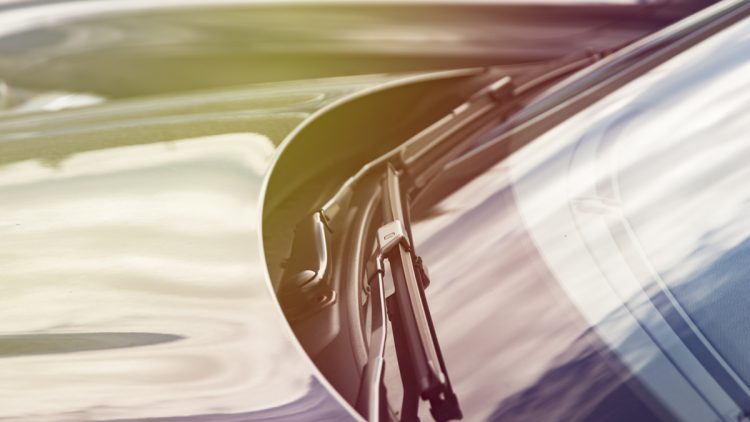Zero Deductible Windshield Replacement Arizona 2021
It is dangerous to drive with a pitted or cracked windshield, meaning it is important that you get a damaged windshield replaced as quickly as you can. You may even qualify to get your windshield replaced for free depending on where you live, from Boston, Massachusetts to Apache Junction, Arizona and places in the middle. The following are what you will need to know about getting a windshield replaced for free, the laws and auto insurance.
Regulations
The U.S Department of Transportation set federal regulations so that the minimum requirements of windshield visibility and conditions within the country mandate that every state enforces these obligations. These regulations require that windshields be free of any damage in the center, with the center being defined as being the area directly above the steering wheel, two inches from the top and an inch from either side. If there are no intersecting cracks, a single crack is within regulations.
Every state has an individual Department of Transportation which can set regulations further than the national requirements. However, many states allow their law enforcement officers to decide if a windshield has enough damage to create impaired vision.
Additionally, there are states that have regulations on how insurance companies handle replacing or repairing windshields, with most state laws regulating concerns over insurance companies making use of used or aftermarket windshield replacements.
What’s the Free Windshield Replacement Laws?
The free windshield replacement laws are associated with the state’s insurance laws, which each state is able to set differently. If your state has certain insurance requirements regarding auto glass replacements, the insurance company might be required by law to cover all costs of the windshield replacement or repair, even if there is a deductible. Although, the free windshield replacement law comes from the comprehensive part of your auto insurance policy, and not liability. Therefore, the free windshield replacement law usually applies only to the policy holder that has comprehensive auto insurance coverage.
For instance, let’s imagine you reside in Louisville, Kentucky where they have a windshield replacement law and you have full coverage insurance with a deductible of $250 and you find you got a large crack in the windshield. In the state of Kentucky, the insurance company would have to waive your $250 deductible and cover the cost of replacing your windshield. The same would apply if you live in Covington, Owensboro, Hopkinsville, or Richmond. There is a similar law in Florida, meaning if you live in Jacksonville, Miami, or Orlando, Florida and your windshield is cracked, you would likely have the ability to claim a free windshield replacement.
WHICH STATES HAVE THE FREE WINDSHIELD REPLACEMENT LAW?
The states that follow have insurance laws in place that focus on the repair or replacement of the windshield:
Florida: Insurance companies are required by law to void your deductible when it comes to windshield claims. However, this may not include other type of auto glass claims.
Kentucky: This state has a ‘zero deductible’ law when it comes to needing a windshield or other auto glass replacement.
Arizona: In the state of Arizona, from Peoria, Avondale, Tempe, Scottsdale to Chandler, Gilbert, Flagstaff, Phoenix, Glendale, Tucson, Surprise, Mesa and further, you are provided the option of buying a separate auto glass waiver or endorsement when getting auto insurance. In the event you have this waiver or endorsement, you are not required to pay the full deductible upon replacing the windshield.
Massachusetts: This state is often referred to as a ‘zero deductible’ state as well, but that is rather misleading. While you might have a friend located in Worchester that did not have to pay anything, you may have a friend who lives in Springfield or in Lowell, Massachusetts that was required to pay $100 of their deductible. The cause for different rates is because of the ability to buy a different auto policy with an auto glass deductible. If you live in New Bedford, Cambridge, or Brockton, the decision you make when buying the auto insurance coverage will have an effect on whether or not you are able to replace your windshield at no cost or not. Those who live in Massachusetts have the option to buying comprehensive insurance policies that include a free windshield repair or replacement, or the option to purchase a policy with a $100 deductible for windshields.
New York: Within this state, the insurance company is able to offer policies which do not deductibles for replacing auto glass.
South Carolina: This is another ‘zero deductible’ state for both windshield and other auto glass replacement. It does not matter where you live in South Carolina, rom North Charleston, Columbia, Greenville, Rock Hill or anywhere else, if you purchased comprehensive auto insurance with a damaged windshield, you are likely to qualify for the free windshield replacement.
No Insurance Windshield Replacement in Phoenix
If you’re looking for Windshield Replacement in Phoenix with no insurance T&S Auto Glass can still help get you back on the road. If your insurance is liability only and doesn’t cover windshield replacement we offer quality windshield replacement services that deliver high quality replacement auto glass that you can afford. If you’re reconditioning or restoring an older vehicle that has a broken windshield and no insurance we can still help with that! We offer mobile windshield replacement anywhere in the Phoenix Valley and at our shop in Tempe, AZ.
We can come to your home to replace the windshield or your can have a tow truck bring it to us if the damage is too serious. If you can drive with the damage safely you are also able to bring your vehicle to us at our shop in Tempe. Driving with a cracked or damaged windshield means having additional glare and a limited field of view that can lead to accidents. The windshield may also fail if there is extensive spiderweb like cracking and can injure you and your passengers. Take care of your windshield replacement today and safeguard your safety and the safety of others. If you have no insurance on your vehicle please call for mobile service or have your vehicle brought to us for service, do not drive your vehicle without insurance.
CONCLUSION
If you live in Florida, Kentucky, or South Carolina and you purchased a comprehensive auto insurance policy, you are likely to qualify for the free windshield replacement. If you live in either Massachusetts, Arizona, or New York, you might have purchased a separate auto glass endorsement, or opted for the $0 or $100 glass deductible.
If you’re a resident of any other state, you can check with your insurance policy to find out what your comprehensive deductible is. Depending on the amount of your deductible, it might make more sense to attempt for a free windshield repair before going for the replacement. If you are looking for windshield replacement in Tempe, Arizona, look no further than TS Auto Glass. Call Today – (480) 345-8990


